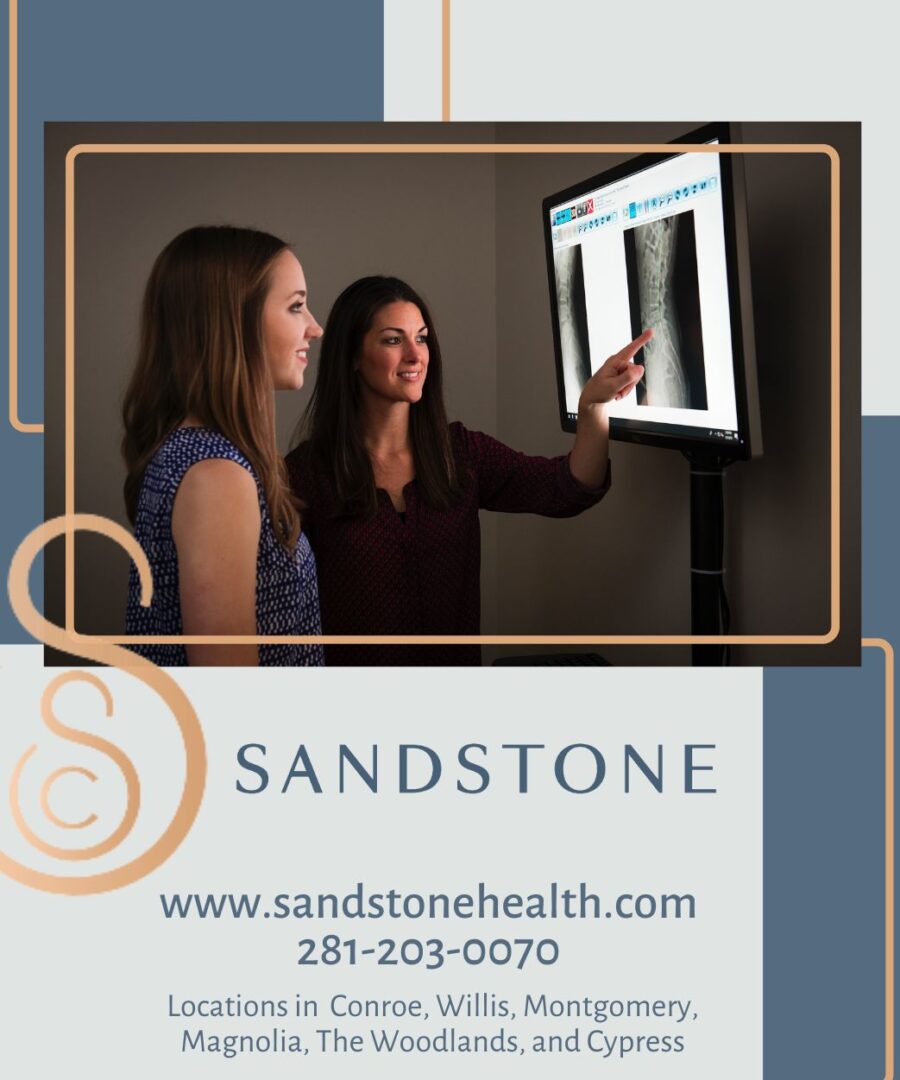ANKYLOSING SPONDYLITIS
What is it?
Ankylosing Spondylitis (AS) is a form of arthritis that is an autoimmune illness. It is also known as, “Marie Stumpell” or “Bechterew’s” Disease. The term ankylosing means “to fuse” and spondylitis-means “inflammation of the spine”. Ankylosing Spondylitis affects men more than women (3:1 ratio) and typically presents between the ages of 20-40 years old. It is typical for patients to have flare-ups and remissions as the disease progresses.
What is the cause?
The exact cause of auto immune diseases has yet to be identified. Autoimmune diseases are thought to be an over-reaction of our own immune systems that attack particular tissues throughout the body. Ankylosing Spondylitis tends to target the Sacroiliac joints, thoracic spine, lumbar spine, and less frequently, the extremities. The result of the chronic inflammation to these joints can lead to joint fusion, loss of movement, and chronic pain.
What symptoms are associated with it?
Ankylosing Spondylitis typically begins with intermittent, unexplainable fatigue, stiffness and pain in the spine that is worse in the early morning or late day. Symptoms are usually relieved with activity. The condition is associated with inflammation of the eyes and heels (pain). In addition, patients typically complain of excessive nausea due to inflammation of the stomach secondary to the disease.
As the disease progresses (gradually over 8-10 years), posture will begin to demonstrate kyphosis (forward curvature) of the mid-back. Respiratory conditions can become frequent due to the limited ability to expand the chest caused by poor mobility of the thoracic spine.
How is it diagnosed?
Diagnosis is typically, and unfortunately, delayed due to the gradual development of the symptoms. However, there is a specific blood test that is sensitive to Ankylosing Spondylitis. HLA-B27 is a specific enzyme that can be detected in the blood that is associated to AS.
As the disease progresses, physical examination will demonstrate a restricted range of motion of the spine and may also demonstrate the inability to expand the chest greater than 1 inch. X-rays may demonstrate excessive bone spurs that may be termed “bamboo spine” for its resemblance on imaging. MRI imaging may demonstrate evidence of “Shiny Corner Spine” as depicted in the picture.
How do you treat Ankylosing Spondylitis?
Early Detection and Management is KEY to long-term success! A combination of medications and joint healthy exercise is the best recipe to manage arthropathies. A rheumatologist or your primary care physician will recommend combinations of medications to reduce the inflammatory process.
Chiropractic or Physical Therapy treatment focused on stretching and low impact exercise helps the patient maintain a high quality of life with minimal flare-ups. Aquatic therapy is an excellent option for arthritis patients!
Dr. Custer is the owner/operator of Better Care Chiropractic & Physical Therapy. He is a doctor of chiropractic as well as a certified Athletic Trainer. He works in conjunction with a physical therapist to combine chiropractic manipulation with active rehabilitative techniques to restore pain-free living. If you have questions/comments/suggestions, please feel free to contact Dr. Custer at [email protected].















